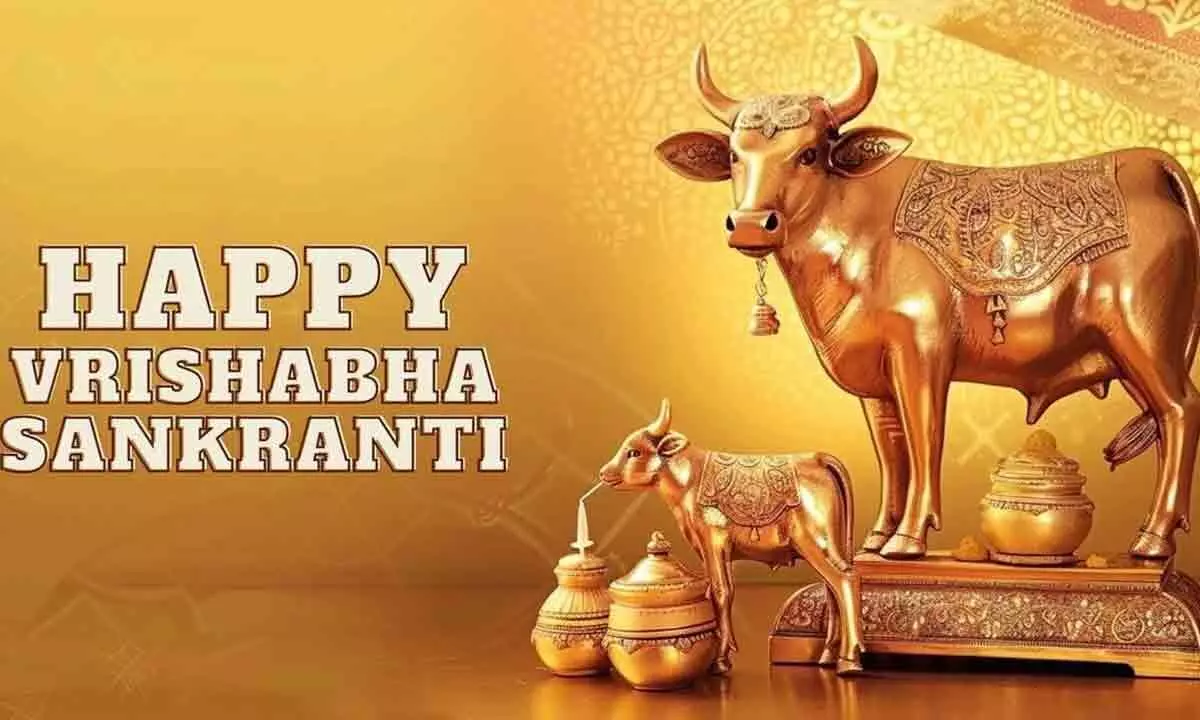Live
- East Godavari serves as fulcrum for political tsunami
- Secretariat set to buzz with activity again
- Pawan, Lokesh among 81 new faces in Assembly
- EME Sailing Regatta inaugurated
- New Chief Secretary Neerabh Kumar Prasad Takes Charge at Velagapudi Secretariat
- ‘O Manchi Ghost' release date announced
- Babus close to YSRCP scramble to exit AP
- Delayed candidate picks deal a single-digit blow to TG Cong?
- TGSRTC to operate 130 spl buses for annual fish medicine
- Happy National Best Friends Day 2024: Best Wishes, and Quotes









